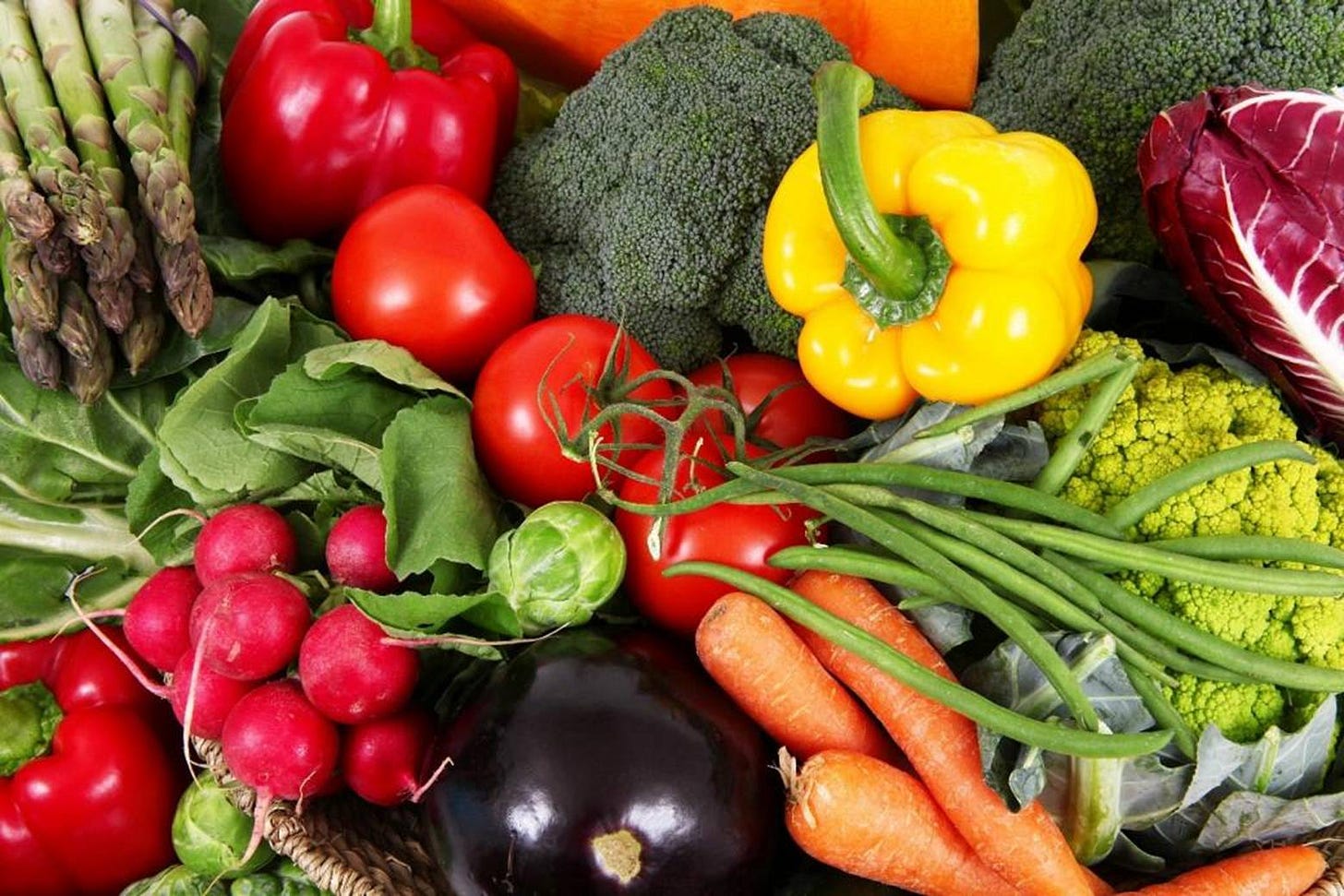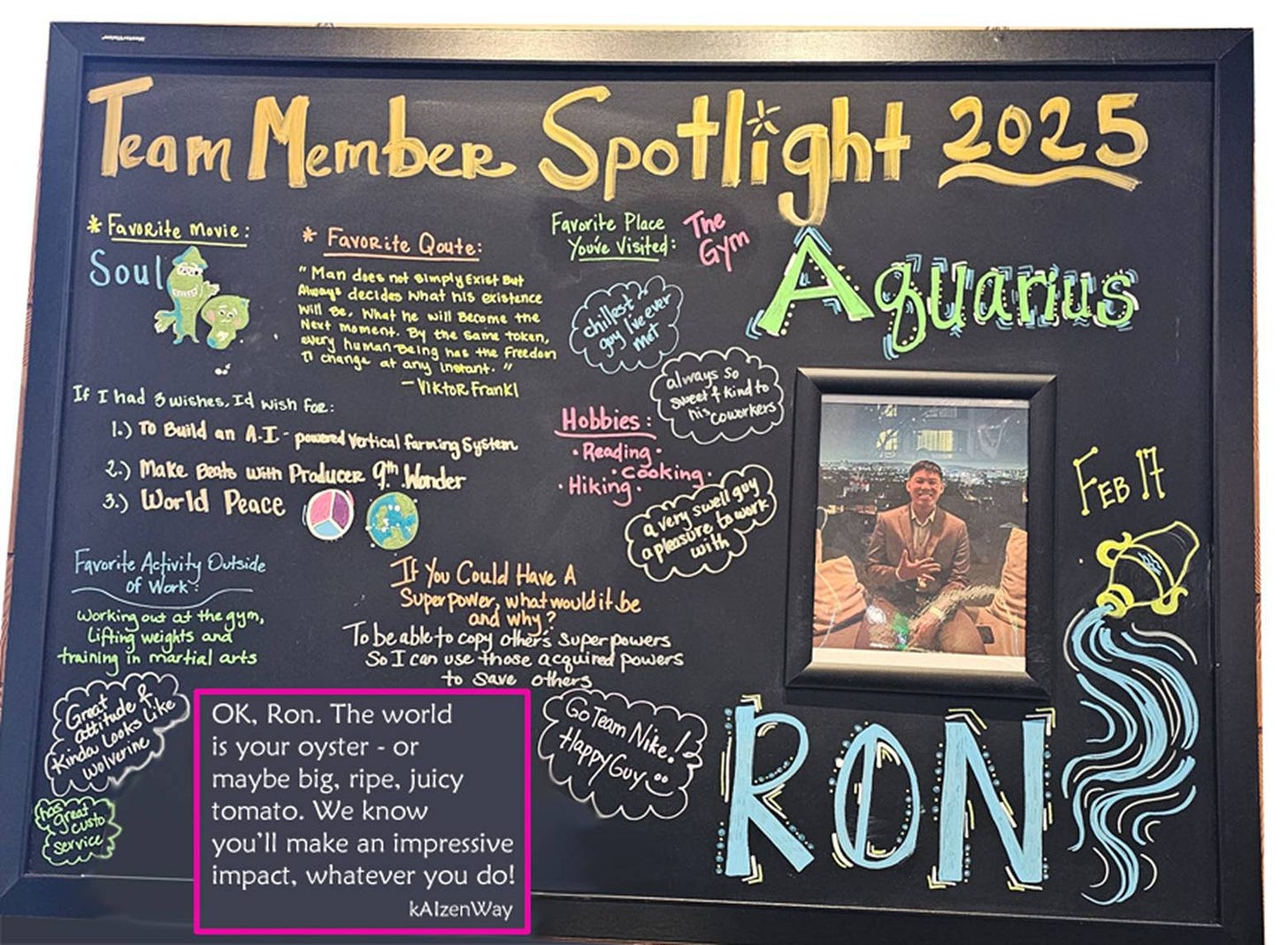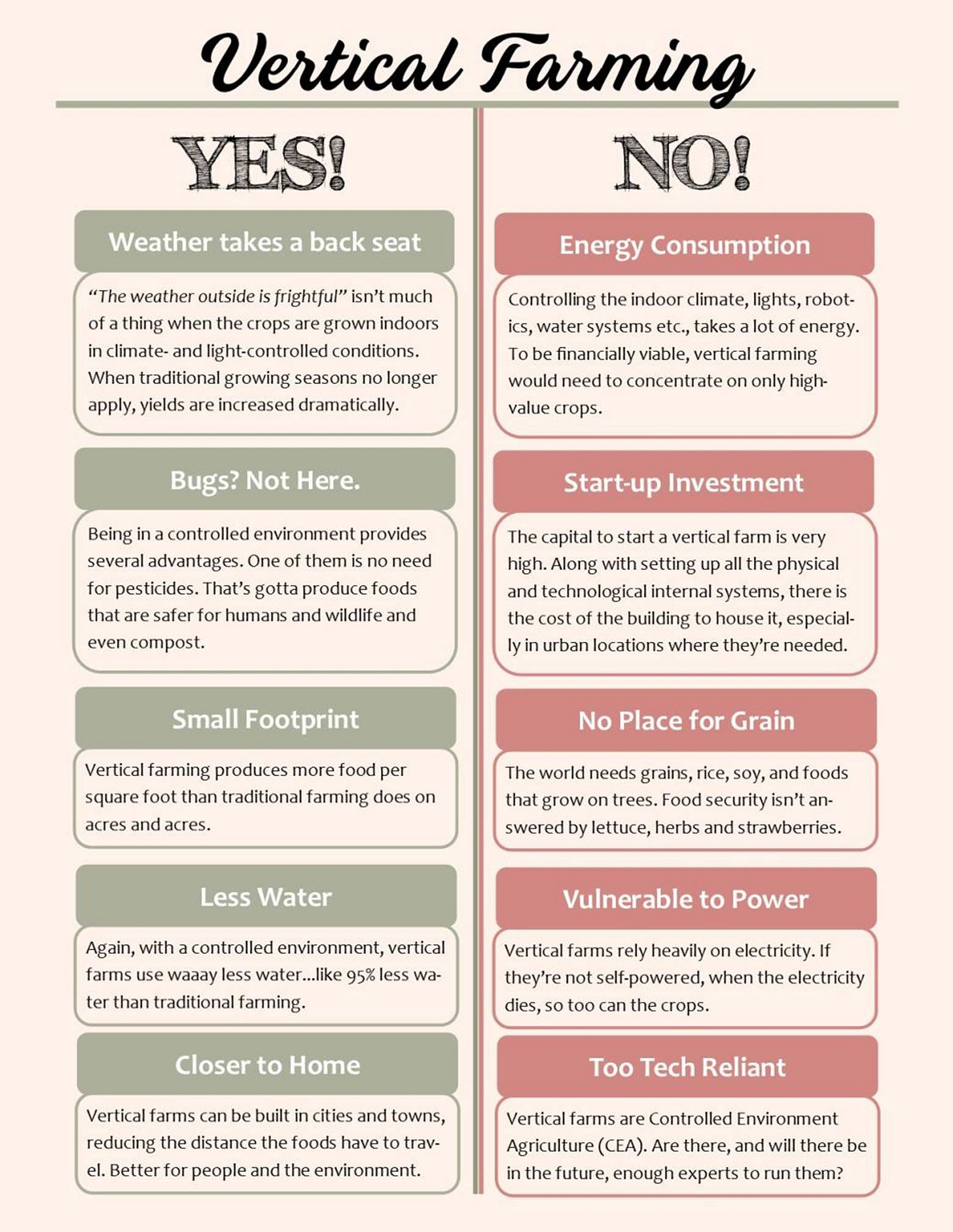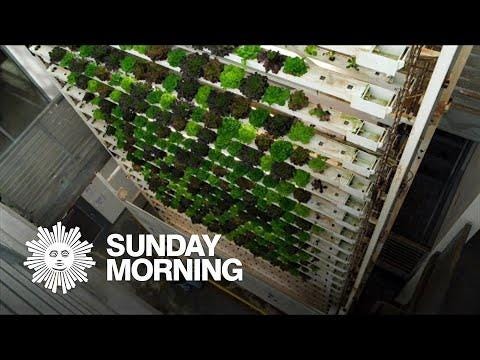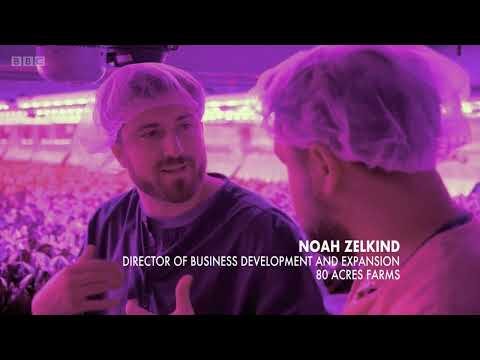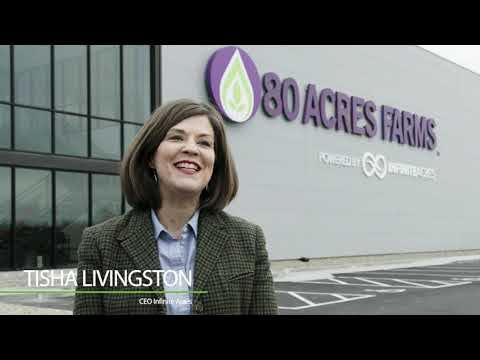AI on Your Plate
Displayed on the wall of a natural food store was a board featuring an employee who wrote that if he had three wishes, the first one would be “To build an AI-powered vertical farming system”. As tribute to this young person who dreams of helping to feed the world, we thought we’d offer this article.
While there are enthusiasts for vertical farming, others aren’t quite so sure. Here are a few of the arguments for and against.
Enter AI
Traditional AI systems excel at defined problems with clear feedback, but agriculture is messier. It’s a complex interplay of biology, chemistry, physics, and economics. Vertical farming facilities generate millions of data points daily through sensor networks monitoring environmental conditions (temperature, humidity, CO2, light spectra), plant health metrics, resource consumption patterns, and yield forecasts. AI systems process this high-dimensional data to optimize growing conditions at millisecond intervals, predict maintenance needs, manage logistics, and continuously improve production algorithms through reinforcement learning and computer vision systems that detect plant stress or disease before human operators could notice. A successful vertical farm requires bringing together all these disparate technological threads.
Success would also require input from these existing resources:
Agricultural researchers who could share historical growing data from experimental controlled environment studies
Food scientists
Supply chain specialists
Environmental control system engineers for HVAC, lighting, and automation
IoT sensor specialists and data engineers
Utility companies and renewable energy experts, since energy costs are a major factor
Hydroponic and aeroponic system designers
Robotics engineers for harvesting and maintenance automation
Investment and venture capital firms familiar with agtech
Insurance companies for risk assessment and coverage models
Labor law specialists for worker safety in controlled environments
Building code officials and zoning administrators
Urban planners for warehouses within cities
Food distributors and grocery retailers
Food safety regulators
Organic certification bodies if pursuing organic production
Chefs and food service professionals for variety and quality feedback
Community representatives from food-insecure areas for equity considerations
Water management specialists
Waste management and circular economy experts
Life cycle assessment experts
In addition to these specific agricultural resources, other needed aspects might include:
Financial resources. These expensive systems must have financial backing to get off the ground (pun intended)
Training programs to help traditional agricultural workers transition to controlled environment agriculture
Energy backup systems, preferably renewable energy
Contamination prevention protocols, which are especially important in closed systems
Containment strategies if there is a disease outbreak
Traceability systems from seed to harvest
Post-harvest handling and cold chain management
Quality control testing infrastructure
Data infrastructure capable of handling massive sensor networks
Cybersecurity measures
Modular system design for expansion or reconfiguration
Integration with existing food distribution networks
Equipment failure contingency plans
Market volatility buffers
Community engagement strategies
Integration with existing agricultural networks
Maintenance scheduling and predictive maintenance systems
Waste heat recovery and utilization
Carbon footprint optimization
Crop selection based on local demand and premium pricing opportunities
Seasonal production planning to complement field agriculture
Brand development for consumer awareness of products
Who’s Doing What Now?
For just two of several companies that are active in the sector right now, here are a few short videos that pack a lot of information into a few minutes.
A Vision for the Future
What can we imagine as we peer into the future? How about:
Developing scaled-down systems that smaller communities could implement without massive capital investment
Partnering with community colleges to create specialized certificate programs in AI-assisted agriculture
Integrating vertical farms with other biological processes like aquaculture and mycoculture (mushrooms/fungi) to create closed-loop ecosystems
Using AI to identify plant varieties best suited for controlled environments, accelerating adaptation that would take decades in traditional breeding programs
Connecting distributed vertical farming operations to create redundant food security systems for regions facing climate disruption
Adapting vertical farming technologies for eventual space colonization, where controlled environment agriculture would be the only option
Conclusion
The true power of AI in agriculture isn't in replacing human judgment or natural processes. It's in creating a bridge between generations of agricultural wisdom and cutting-edge technology. It’s about building systems that can learn from every plant, harvest, and season, thereby amplifying human expertise rather than replacing it. By doing so, we can create more efficient farms. We can reimagine our relationship with food production, bringing it back into our communities, making it visible, resilient, and sustainable.


